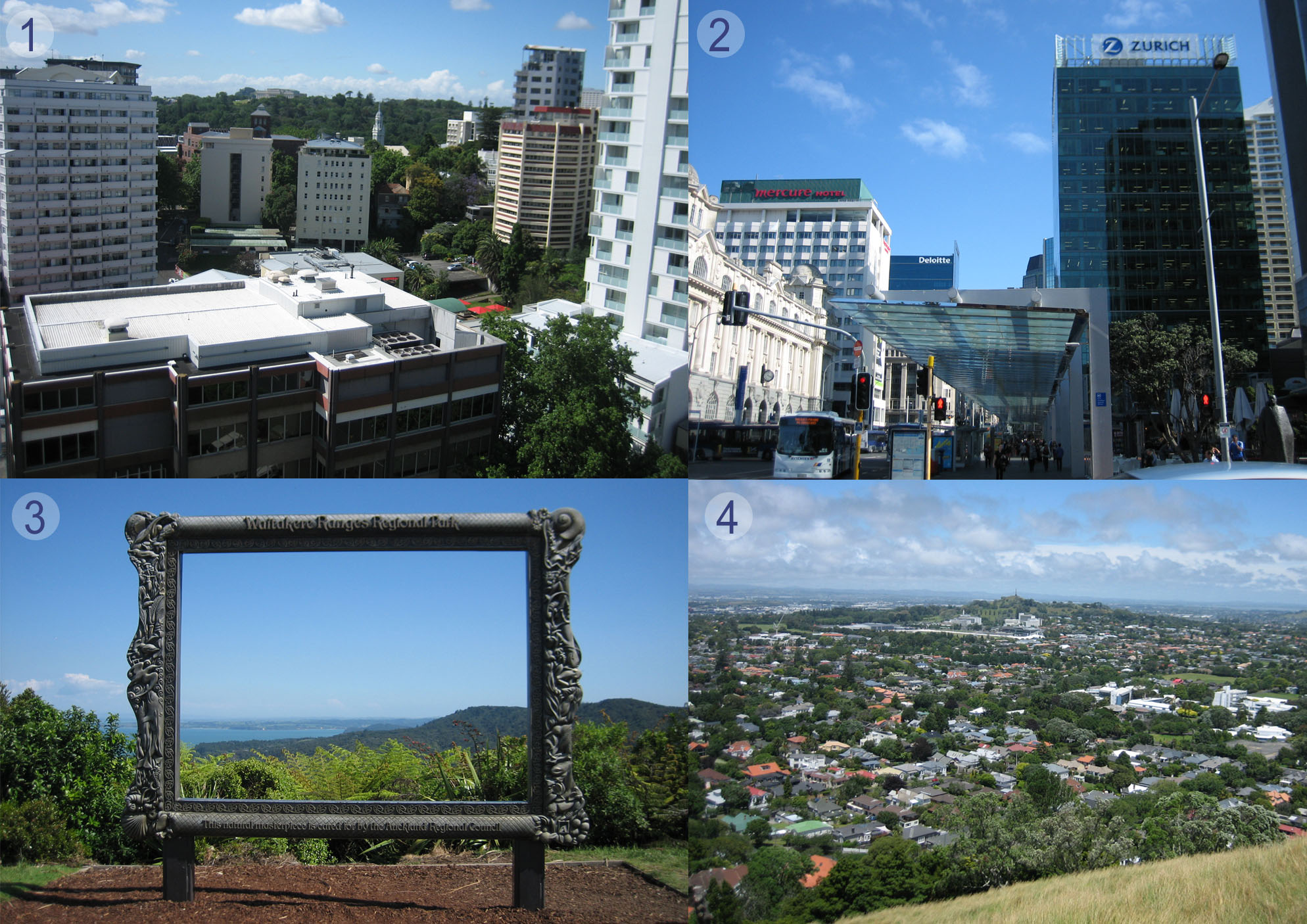
Uploaded on 2018-01-31 by Zory
Compulsory_Exercise_2: Part_3: 3.Is UHI_effect_concerning_policy_making_in_your_area? I would propose lighter surfaces (high-albedo surfaces) and increase of green infrastructure in the city. This includes permeable paving, green roofs and structures, urban forests, more street trees and green streets (stormwater management through green areas). The creation of green corridors will improve the ventilation of the urban areas. 4.Is_UHI_effect_concerning_policy-making_in_your_area? Yes, Auckland_counsil has such policies. For example at design level there are a lot of guidelines for designing sustainable buildings. This guidelines are incorporated and promoted in the work of different organizations like BRANZ, New_Zealand_Green_Building_Council(NZGBC) and others. There are different standards like: The_High_Standard_of_Sustainability The_Passive_House_standard, Energy_Resilience_and_Low_Carbon_Auckland_Action_Plan, Homestar - a_comprehensive_rating_system etc. Auckland_Council is undertaking several large projects and initiatives for preserving Auckland environment and promoting sustainable principles in city governance. Examples are City_Rail_Link, Oakley_Creek_(stormwater_management), over_14.2km_of_cycleways were built last year, Energy_Efficient_Communities_Project providing_insulation_and_energy_efficiency improvements,'the_Million_Trees_programme' and_so_on. In the same time there is intensification of the urban areas and increased density in the residential and mixed-use districts. The population is growing rapidly and the increased demand for houses leads to the transformation of many rural areas into urban. So taking into consideration UHI and using all possible ways to mitigate its effects will be essential for future city sustainability.